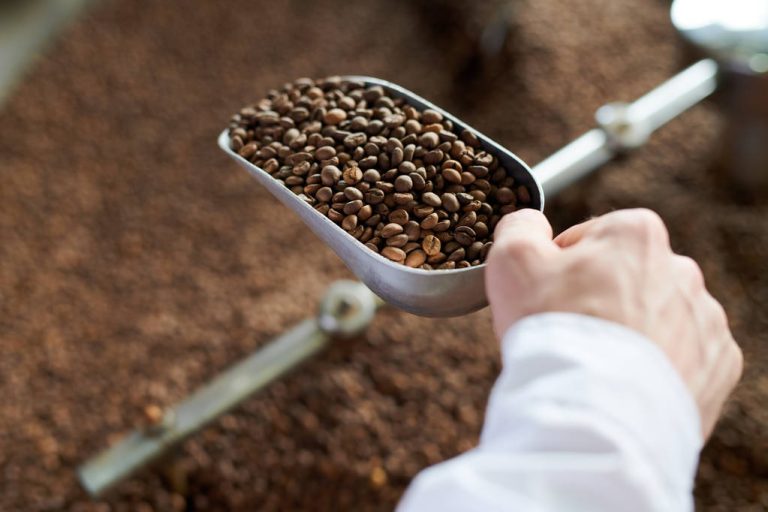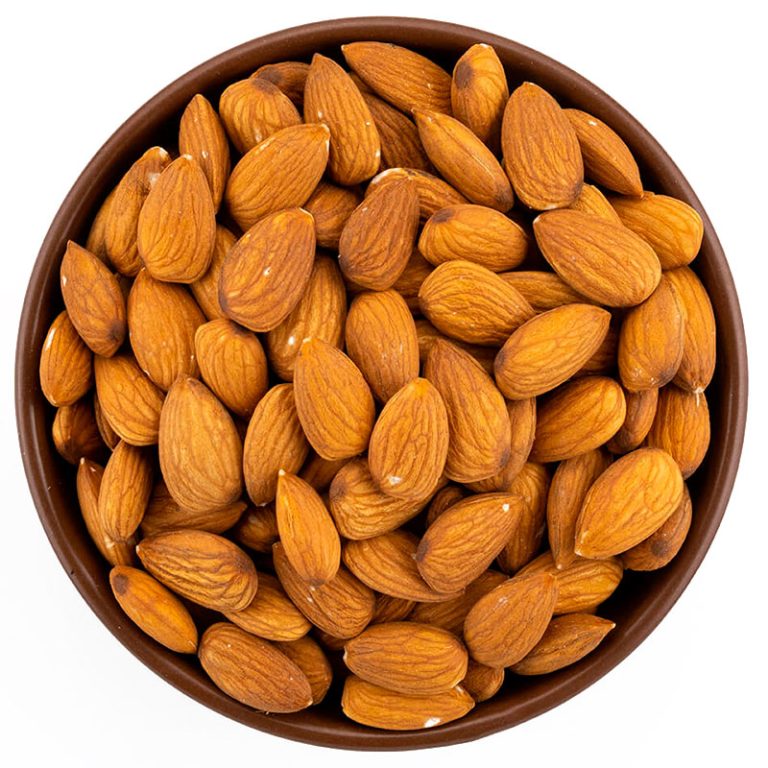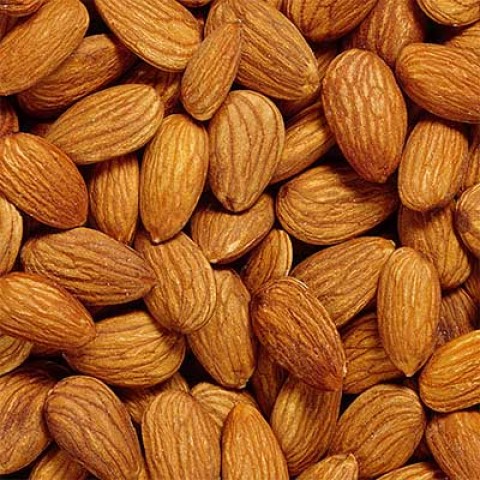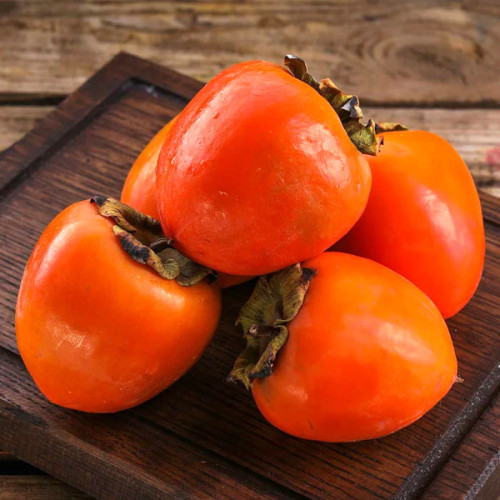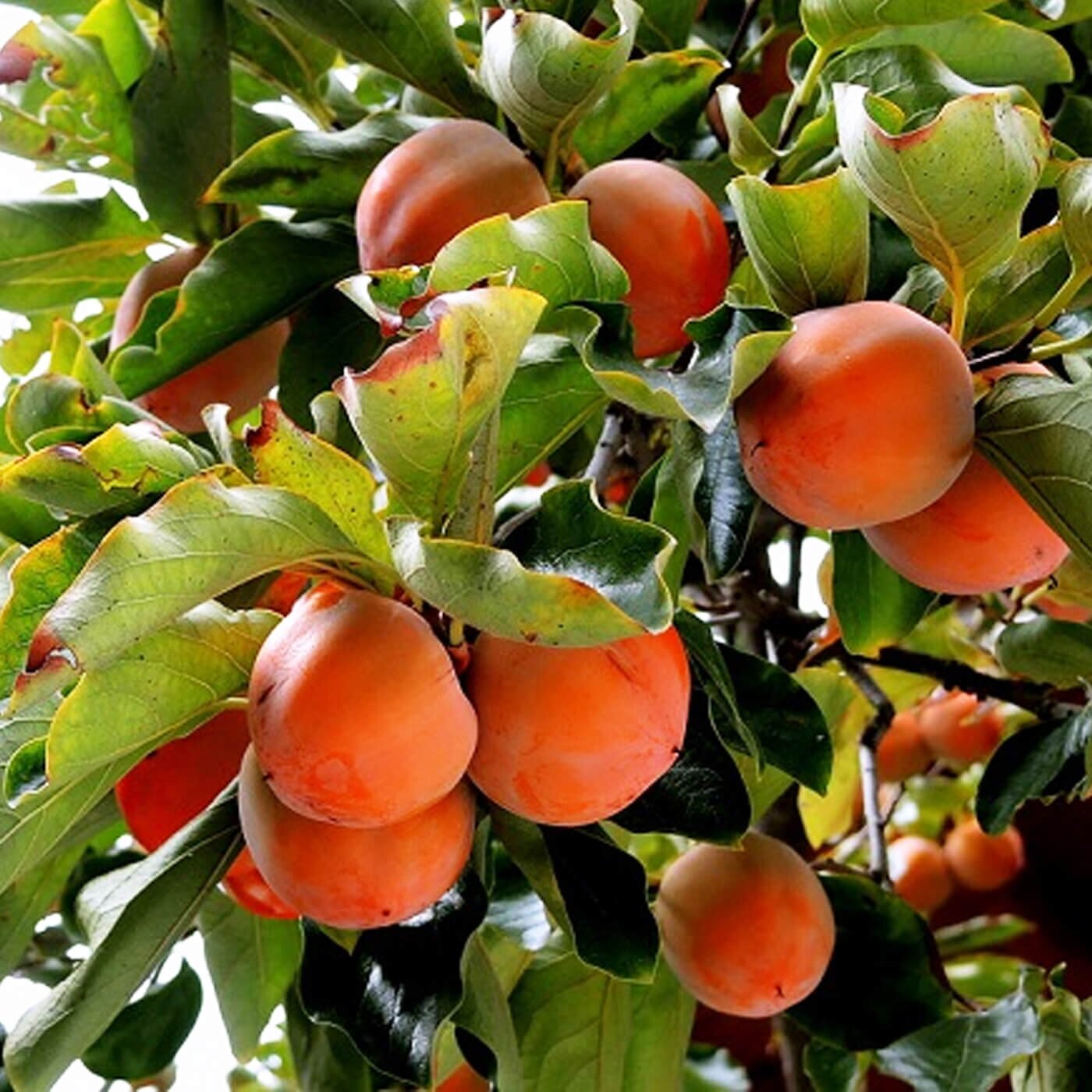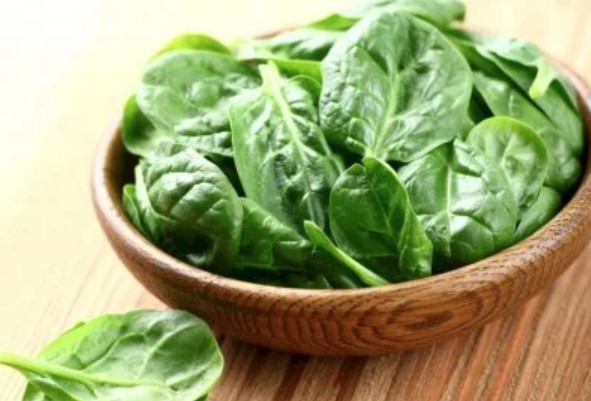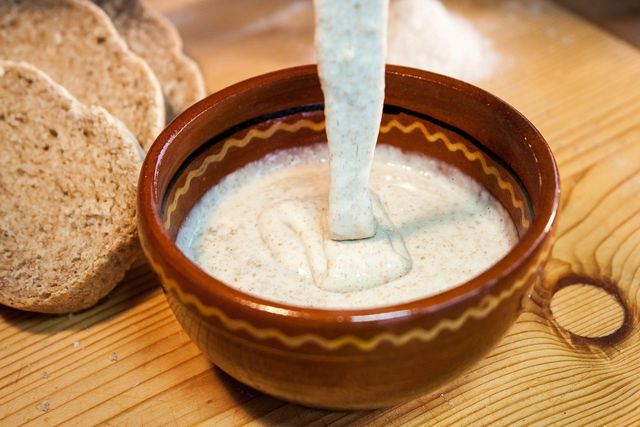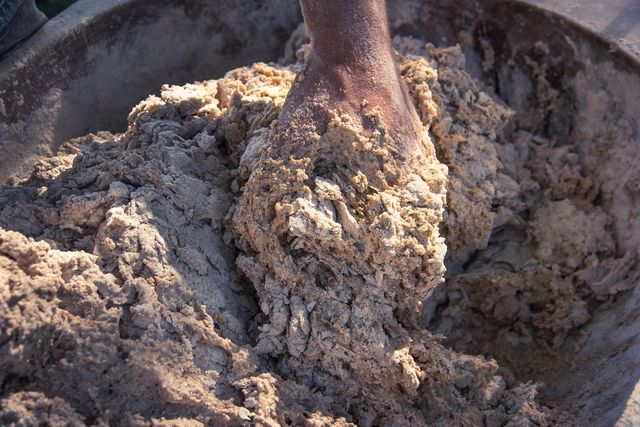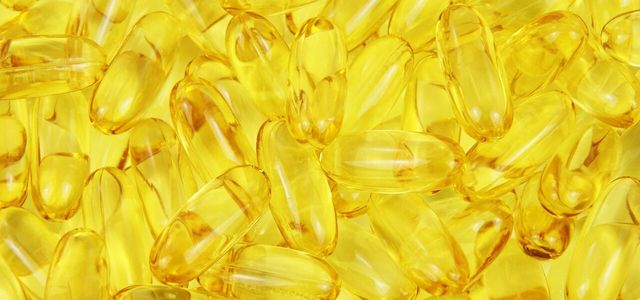The classic brown coffee bean that we are familiar with has come a long way before it finally ends up in our coffee.

How is the typical brown coffee bean made? In our article we tell you everything about the individual roasting stages and how the process works.
One of the most important steps on their journey is the so-called roasting. But how exactly can we roast coffee and what happens in the process? The roasting – also called “refining” – ensures that the coffee bean receives a flavor profile. A consistency is thus created that can unfold during later grinding. In the following we will go into the roasting process in more detail and describe how to roast coffee optimally.
The roasting process and its subtleties
The roasting of coffee beans creates a multitude of aromas and gives the coffee its unique taste. A single bean alone contains between 300,000 and 400,000 thousand cells. If heat is now applied to this, a chemical reaction occurs. The amino acids and sugar acids contained in the coffee bean are completely reassembled during roasting. Up to 1,000 aromas can be created from one cell. The roasting process makes coffee one of the most aromatic drinks of all. And this is how the roasting works in detail:
A classic and also extremely gentle roasting process is carried out with the so-called drum roaster. Up to 30 kilograms of coffee can be roasted at once. For this purpose, the coffee beans are placed in a drum that has been mounted on a corresponding roasting machine. The roasting drum then rotates for up to 20 minutes. The internal temperature is raised to around 200 degrees Celsius. The green raw beans are roasted piece by piece and get their classic brown color. After the roasting process, they must be quickly cooled down again so that there is no further change in consistency. Since the beans lose some of the oil and water in the roasting machine, they weigh up to 20 percent less in the roasted additive than before. However, roasting coffee is not nearly as easy as it sounds. The taste, variety of aromas and appearance of the roasted bean can vary greatly. This is where the subtleties of drum roasting come into play.
After just a few minutes, the slightly yellow color of the beans changes to light brown. This creates a smell as if you were preparing fresh popcorn. Since the beans still have a lot of water and fat in this state, they appear slightly wrinkled.
Probably the most important event in the roasting process is the “first crack”. The coffee beans increase in volume during the roasting process due to the gases produced and the water evaporating, which cannot escape. Until, after about nine minutes, the pressure is so great that the cell walls of the bean burst and the water vapor can escape. The color of the bean has evolved from its previously pale green color to a yellow/brownish color by this point. Once the “first crack” has taken place, the roaster must be extremely vigilant from now on. Now the coffee beans begin to unfold their aromas and form their typical, tasty character. Chlorogenic acids are broken down piecemeal, the cell structure decomposes, and sugars caramelize inside. The longer the coffee is roasted, the more acids are broken down. At the same time, more and more roasted aromas unfold. A coffee that has been roasted for a long time has a much stronger and more bitter taste. Those who prefer it more individual can rely on short roasting times and thus enhance the coffee’s own taste.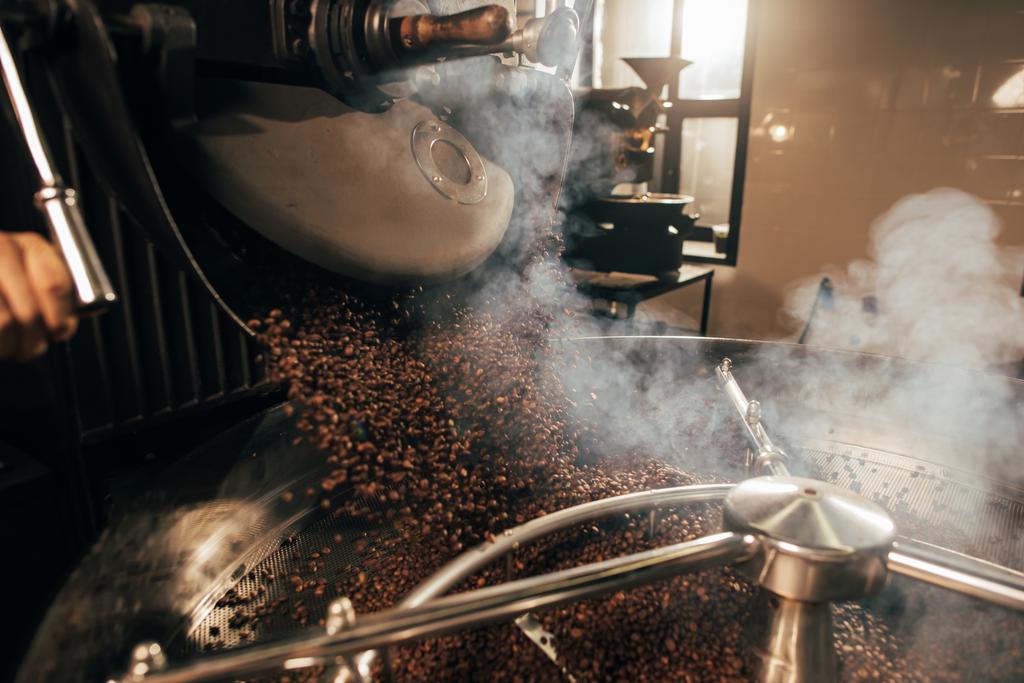
The individual roasting stages
As already mentioned, the roasting time plays a decisive role in the final coffee taste. The degree of roasting varies depending on the heat input and the duration of the roasting. In the following we will show you the individual roasting stages for the coffee beans:
Cinnamon Roast: Probably the lightest of all roasts. A light tan ensures strong acidity and a minimal aroma profile. This state arises directly after the “First Crack”.
City Roast Plus: The medium-brown bean has reached its perfect roast point about two minutes after the “first crack”. There are light roasted substances to taste, but very acidic.
Full City: The bean is a bit dark brown. For this, almost four minutes must elapse after the “first crack” has started. The coffee bean smells spicy and hot and tastes of bitter and roasted substances. The acid takes a back seat.
Continental (French roasting): Shortly before the second crack, the bean is already dark brown. An oily consistency emerges and the taste is dominated by strong roasted aromas.
Dark French (Heavy): After the first half of the second crack, the caramelized sugar is broken down. The bean keeps getting lighter. The taste focuses entirely on roasted and bitter aromas.
Spanish Roast: At the end of the second crack and beyond, the bean is blackish-brown. It shines and has hardly any ingredients left. The taste is slightly burnt and can only be perceived through some bitter substances and roasted aromas.
Roasting coffee can be a real craft. Master roasters train on new variations every day and thus learn more and more about the variety of aromas in coffee and how this can be best brought to light.

